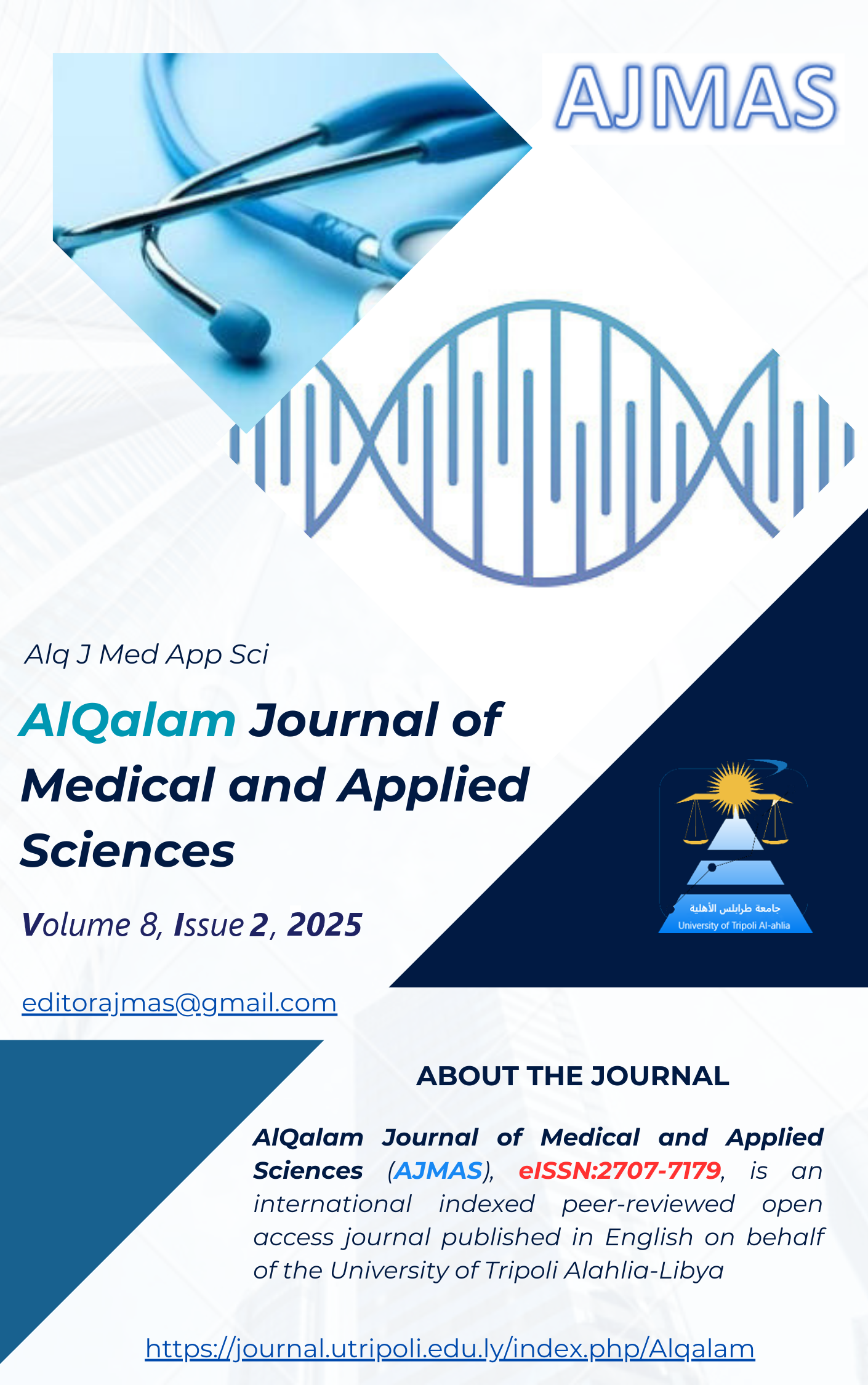The Assessment of The Antifungal Effects of Chamomile and Lavender Extracts on Candida Albicans
DOI:
https://doi.org/10.54361/ajmas.258259Keywords:
Lavender, Chamomile, Candida Fungus, Vaginal InfectionsAbstract
Herbal formulations are widely used for therapeutic purposes and to improve the clinical manifestations of vaginal and urinary tract infections by both patients and healthcare practitioners. These formulations are renowned for their anti-inflammatory, antimicrobial, and wound-healing activities. The objective of this study was to evaluate the antimicrobial activity of medicinal plant extracts utilized in traditional medicine. This paper presents a comparative study of the antimicrobial properties and effectiveness of different extracts by testing which formulation yields the highest efficacy. In this work, the antifungal activity of extracts of two medicinal plants, lavender and chamomile, was examined. Alcoholic and aqueous extracts of lavender and chamomile were prepared at selected concentrations and then tested against Candida albicans. Samples from vaginal and urinary tract infections were obtained from a laboratory. Filter paper discs impregnated with the respective plant extracts (aqueous, ethanol, and methanol extracts) were applied to cultures of Candida albicans, and the inhibition zones were measured. In the highest concentration, the methanol extract of lavender produced an inhibition zone with a diameter of 32 mm. In comparison, chamomile at its highest concentration showed an inhibition zone of 7 mm. This study confirmed that both lavender and chamomile exert an inhibitory effect on Candida albicans, particularly in cases of vaginal infections as well as urinary tract infections.
Downloads
Published
How to Cite
Issue
Section
License
Copyright (c) 2025 Thaera Fruka, Mustafa Esmaio, Fatima Khazzam, Safaa Gharbia

This work is licensed under a Creative Commons Attribution 4.0 International License.














